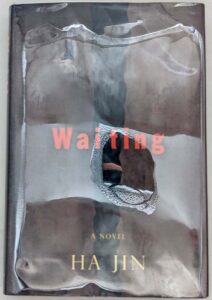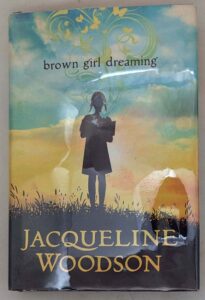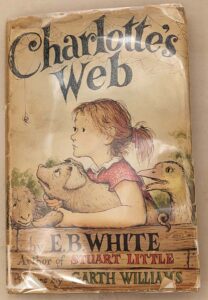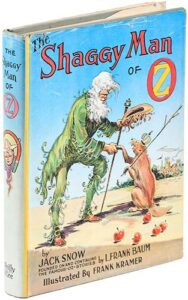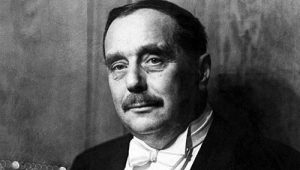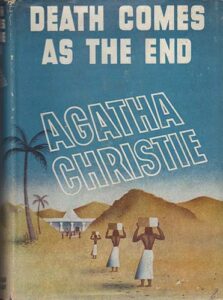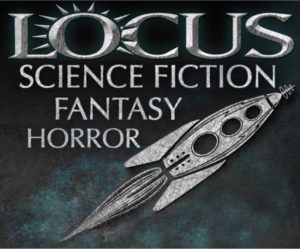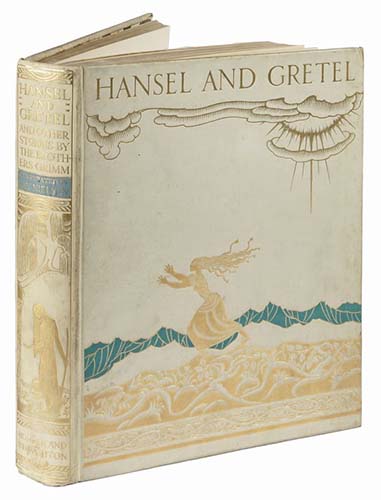
Hansel and Gretel (1925), by the Brothers Grimm and illustrated by Kay Nielsen, stands as one of the most visually arresting interpretations of this classic fairy tale from the golden age of illustration. Published by Hodder & Stoughton in London as a standalone gift book, Nielsen’s artwork transforms the familiar story into a haunting Art Deco masterpiece. His angular, theatrical compositions give the witch’s gingerbread house an eerie architectural grandeur—its candy cane columns and gumdrop ornaments rendered with almost sinister precision. The children appear as slender, wide-eyed figures moving through shadowy forests where trees twist like gothic arches, their black branches forming intricate patterns against cobalt skies. Nielsen’s limited color palette of slate blues, burnt oranges, and ominous blacks creates a perpetual twilight atmosphere, while his exquisite linework shows Japanese woodblock influences in the flowing drapery of the witch’s robes and the delicate cross-hatching of the forest floor. The most striking spread depicts Gretel pushing the witch into the oven—a dramatic silhouette scene where the flames leap in stylized Art Deco waves and the witch’s elongated shadow climbs the oven wall like a grotesque puppet. This edition showcases Nielsen at the peak of his technical prowess, balancing narrative tension with breathtaking decorative beauty.
About Kay Rasmus Nielsen (1886-1957):
This Danish illustrator brought a singular Nordic sensibility to early 20th-century fairy tale art. Trained in Paris at the Académie Julian and influenced by Aubrey Beardsley’s linework and Japanese ukiyo-e prints, Nielsen developed his signature style that blended Art Nouveau curves with emerging Art Deco geometry. After illustrating In Powder and Crinoline (1913), his 1914 East of the Sun and West of the Moon established him as a master of atmospheric storytelling. This 1925 Hansel and Gretel represents his mature period—where his Scandinavian heritage (he was the son of a famous Copenhagen theater director) informed the tale’s stark psychology. Unlike contemporaries who softened fairy tales, Nielsen emphasized their primal terror, using negative space and dramatic perspectives to create unease. Later work for Disney on Fantasia (1940) borrowed from these Germanic fairy tale illustrations, though financial struggles sadly curtailed his career. Today, this 1925 edition is recognized as one of the last great works of the gift book era, where Nielsen’s vision elevated a children’s story into timeless art.
For collectors of this edition, these companion pieces may intrigue:
• East of the Sun and West of the Moon (1914) also by Kay Nielsen – his landmark Nordic fairy tale work
• Grimm’s Fairy Tales (1909) illustrated by Arthur Rackham – for contrasting Edwardian interpretation
• The Fairy Tales of the Brothers Grimm (1973) illustrated by David Hockney – a modernist counterpoint

